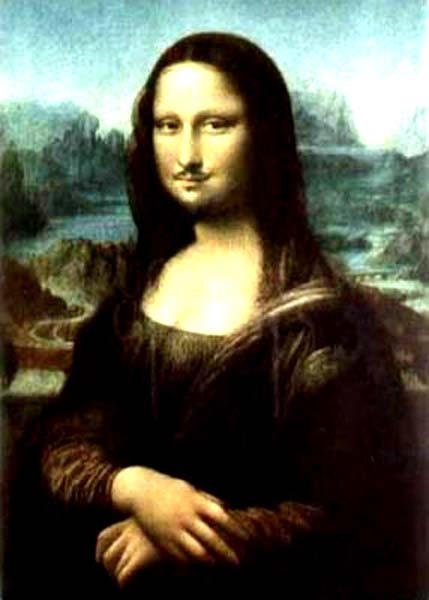Although I don’t think Amazon’s entry into the art market can make that scene any more ridiculous than it already is, economist Tyler Cowen writes disapprovingly of the early returns in a Marginal Revolution post. An excerpt:
“I expect the real business here to come in posters, lower quality lithographs, and screen prints, not fine art per se. And sold on a commodity basis. There is nothing wrong with that, but I don’t think it will amount to much more aesthetic importance than say Amazon selling tennis balls or lawnmowers.
Should you buy this mediocre Mary Cassatt lithograph for ‘Price: $185,000.00 + $4.49 shipping’? (Jeff, is WaPo charging you $250 million plus $4.49 shipping? I don’t think so. )
One enduring feature of the art world is that a given piece will sell for much more in one context rather than another. The same painting that might sell for 5k from a lower tier dealer won’t command more than 2k on eBay, if that. Yet it could sell for 10k, as a bargain item, relatively speaking, if it ended up in the right NYC gallery (which it probably wouldn’t). Where does Amazon stand in this hierarchy? It doesn’t look promising.
Their Warhols are weak and overpriced, even if you like Warhol. Are they so sure that this rather grisly Monet is actually the real thing? I say the reviews of that item gets it right. At least the shipping is free and you can leave feedback.
I’ve browsed the ‘above 10k’ category and virtually all of it seems a) aesthetically abysmal and b) drastically overpriced. It looks like dealers trying to unload unwanted, hard to sell inventory at sucker prices. I’m guessing that many of these are being sold at multiples of three or four over auction price histories.”
Tags: Tyler Cowen

